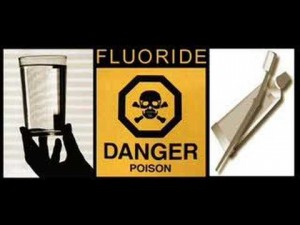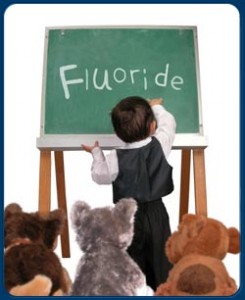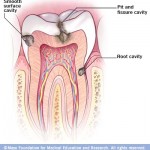Saliva is a complex fluid found in the mouth consisting of a mixture of secretions from the major salivary glands and the minor glands of the tissues in the mouth. Majority of saliva is produced by the three pairs of major glands – the parotid, submandibular, and sublingual glands. The rest of it is produced by thousands of minor salivary glands distributed throughout the mouth and throat. Continue reading
Tag Archives: cavities
Toothbrush Techniques
Many toothbrushing methods have been introduced during the last 50 years and most are identified by an individual’s name, such as Bass, Stillman, Charters, or by a term indicating a primary action to be followed, such as roll or scrub. No one method shows consistently better results in removing plaque than scrubbing. Most people brushing with an instructed professional method are not aware that they are brushing in a specific way. Therefore it may be more effective for individuals to improve their own method. Continue reading
Toothbrushing Basics
Various methods of tooth brushing have been recommended and classified to the type of motion performed by the brush. In reality it does not matter exactly how a toothbrush is used, as long as plaque is effectively removed without trauma to the gums. Where plaque still persists, the dental professional should teach effective oral hygiene. The recommended toothbrushing method will depend upon the dexterity of the individual as well as the position of the teeth. The vibratory Bass technique is the most useful and will be described in detail. Continue reading
Fluoride Dental Treatments
Lifelong protection against tooth cavitiesresults from continuous use of low-concentration fluoride. When communal-water supplies are available, water fluoridation clearly represents the most effective, efficient, and economical of all known measures for the prevention of tooth decay. Unfortunately, fluoride in water is available to only about two-thirds of the population. Thus it is obvious that additional measures by the dental profession are needed to provide greater protection against cavities. Continue reading
Dental Fluoride Safety
In general, safety concerns about dental fluoride and fluoridation relate to a number of factors, including toxicity of fluoride, total fluoride intake, fluoride absorption, the impact on human health, the effect on the environment, water quality, and the engineering aspects.
Anti-fluoridation groups frequently and inappropriately exhibit photographs of children and/or adults having severe fluorosis in which pitting or mottling of the enamel and brown stains are evident and put the blame on  water fluoridation, often describing dental fluorosis as a major risk factor for people of all ages. In making dental-health decisions, the risk of developing very mild fluorosis versus the benefit of decreased tooth cavities and dental treatment costs should be considered. Continue reading
What Is Dental Fluoride?
Fluoride is widely used to prevent cavities or tooth decay. The cavity reduction that has been achieved by the use of fluoride has been a major public health accomplishment. However the use of fluoride has been subjected to dissent by anti-fluoride organizations for its side effects. But before you join en-masse, you should know the importance and safety precautions of fluoride, then decide for yourself whether you could benefit from using fluoride. Continue reading
Your Guide To Preventing Cavities
Â
Â
Dental decay is also known as cavities, and they occur when there is dissolution of the teeth surfaces. Our teeth is made up of crystal apatite, and they are very vulnerable to acid which will dissolve them. This organic acid is produced by bacteria found inside our mouth, and they derive the acid from food debris that are left inside our mouth. The three important factors that produce dental decay are bacteria, fermentable carbohydrate, and teeth. Therefore, to prevent formation of dental decay, one of the three factors must not be present in our mouth, as without one of it, formation of the organic acid will be impossible. Continue reading






